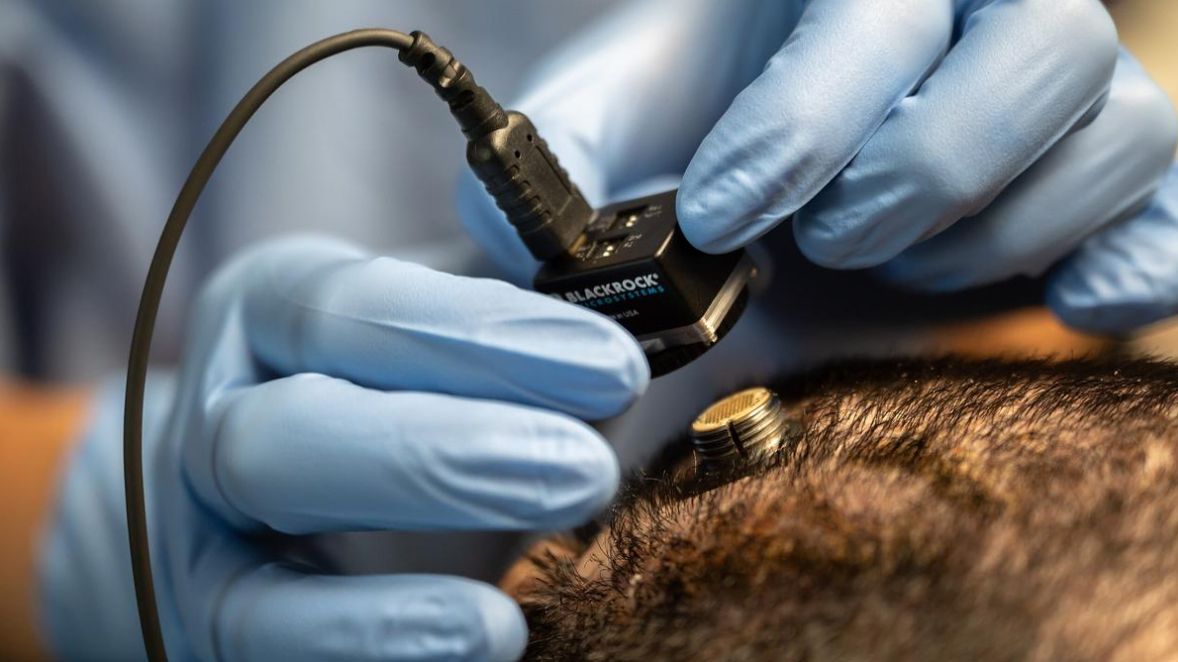





Source: Hindu
Disclaimer: Copyright infringement not intended.
Sources:
|
PRACTICE QUESTION Q: Despite being more costly than other inert gases, helium’s use is essential in ensuring the smooth operation of rocket systems. Discuss. (150 Words) |






© 2025 iasgyan. All right reserved